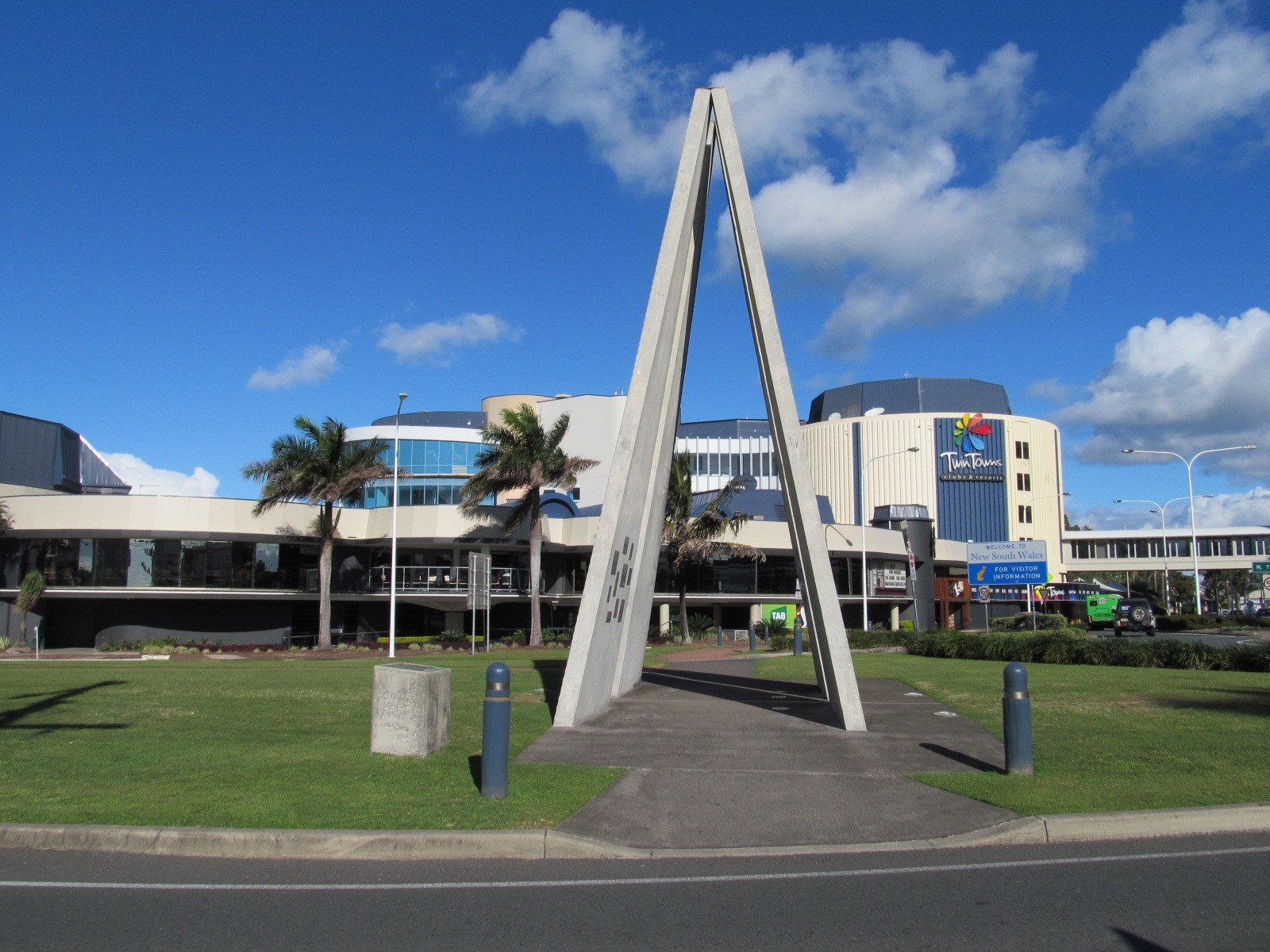1MG FlippingBooks
QLD border exemptions granted to essential NSW ag workers
Elizabeth Gracie

The Queensland (QLD) Government will provide travel exemptions and open up its borders to individuals wanting to cross the NSW/QLD border to undergo essential agriculture work across both states.
Minister for Agriculture, David Littleproud said the move was pure common sense and would ensure agriculture supply lines across the country stay open.
“Our time critical agricultural supply chains, regional economies and livelihoods depend on the urgent resolution of these border issues,” said Littleproud.
Whilst the exemptions will apply to most agribusinesses dotted on both sides of state lines, the exemptions do not apply to seasonal workers.
Goondiwindi Regional Council Mayor Lawrence Springborg believes this could become a major issue as Australia rolls into spring, Australia’s peak growing time for the horticultural industry. .
“That will become more of an issue as we head into the growing season and towards the picking season, and I would hope this would be resolved by then,” said Springborg.
Prospective workers will also be required to meet a set of travel requirements, even if they have been granted an exemption to travel.
For QLD agriculture workers travelling to NSW to work, they must remain at the agribusiness or farm they are employed as much as feasibly possible until they return to QLD.
For NSW agriculture workers travelling to QLD to work, they must only remain in QLD for the necessary length of time they must work within a fourteen-day window where they must also isolate to the best of their ability.
To apply, workers will need to obtain a letter of exemption to travel across the border from either a local council office or a police station on the border.
When speaking with the ABC, Angus Ferries from the Granite Belt Grower’s Association said the new exemptions were of critical importance to the growing regions dotted across the state lines.
“We’ve got say half a dozen major businesses that farm either side of the border, but then we’ve got NSW-based producers who have Stanthorpe in the heart of the Granite Belt as their nearest local town”.
NEWS

Prodoz, a Proudly Australian and family-owned agribusiness, based in Melbourne, is strengthening its positions as national/international leader in advanced crop – science solutions through a growing portfolio of global innovation partners and a distribution footprint supported by all major distributors - includes Nutrien Ag, Elders, Lindsay Rural and Independent Rural stores.

Trace minerals are required for optimal growth, reproduction, and immunity. Optimising trace mineral status relying solely on oral supplements across a herd may fail because of variation in individual intake and reduced absorption due to antagonism of other ration components and minerals. The use of injectable trace mineral supplements has been associated with positive reproductive outcomes including improved conception rate, increased odds of pregnancy and greater final in calf rate. A study conducted on 2,168 dairy cows, administered injectable trace minerals, four weeks prior to calving and again four weeks prior to the start of mating showed treated animals had a 3.3 per cent greater final in-calf rate, and a reduced time from start of mating to conception, compared to control animals 1 . The Importance of B12 Dr Carl Eden, Technical Services Veterinarian with Boehringer Ingelheim says “Vitamin B12 is sometimes referred to as a ‘super vitamin’ because it is only required in very small amounts but vital to many essential metabolic pathways. However, demand for B12 can vary considerably during the year and we see serum levels of B12 fall at critical times, such as the first few months after calving.” Vitamin B12 contains cobalt, so deficiency in cobalt can lead to deficiency in vitamin B12 because ruminants get most of their B12 as a byproduct of ruminal fermentation where the bacteria in their rumen assemble B12 from cobalt for use by the cow. Sub-optimal trace mineral and vitamin B12 status at calving, mating, and drying off has been shown to negatively impact growth, reproduction, and immunity. Using a trace mineral injectable containing vitamin B12 can improve trace mineral and vitamin B12 status at these critical times. Marks-Min with Vitamin B12 – The Evidence In the largest trace element study to date, Marks-Min Injectable Trace Mineral with Vitamin B12 demonstrated remarkable results when compared to a reference trace mineral injection. “Given the differences between Marks-Min and other products on the market, we wanted to generate a compelling data set to demonstrate how effective it was compared to the pioneer product. We entrusted this work to a third-party research company” says Dr Eden. “We chose farms that were at the top of their game from a reproductive perspective. We made sure that the farms had no evidence of trace element or vitamin B12 deficiencies or excess.” Across all outcomes of interest, Marks-Min demonstrated clear non-inferiority when compared to the reference product. Outcomes measured included submission, pregnancy and conception rates, and six week in-calf rate. Marks-Min demonstrated it is highly suited as an alternative treatment to the reference product. Reference: 1. Hawkins, D., and B. V. S. Franklin. New Zealand Dairy Veterinarians Newsletter 24 (2007): 12-16 Company website: livestockfirst.com.au Company email address: CustomerCare.Australia@boehringer-ingelheim.com Company video: https://vimeo.com/1138807630?fl=pl&fe=cm














